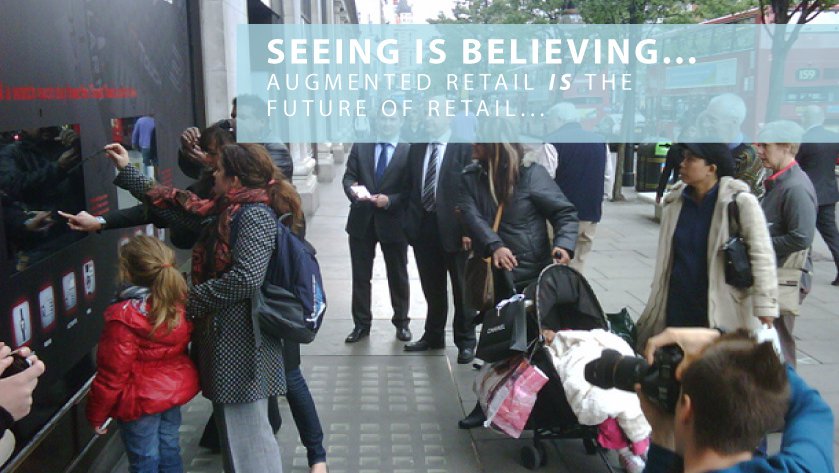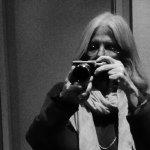Susan Kime, luxury columnist for JustLuxe, provides a round up of luxury brands utilising augmented reality technology to engage the Millenial generation

Susan Kime, luxury columnist for JustLuxe, provides a round up of luxury brands utilising augmented reality technology to engage the Millenial generation
Image courtesy of Holition
Susan Kime, luxury columnist for JustLuxe, provides a round up of luxury brands utilising augmented reality technology to engage the Millenial generation
Augmented reality is proving a major force in the engagement between luxury brands and the Millennials – the generation of tech orientated consumers born in the 1980s. Consider the following statistics:
Wealthy Americans under 35 are avid consumers of a wide range of new media on smartphones and tablet computers – 70% own smartphones (40% iPhone, 24% BlackBerry); 23% already have an iPad
On average Millennials spend 246 minutes emailing compared to 137 minutes speaking on the phone.
Compared to their older wealthy counterparts, millennials spend far more minutes on average each week texting (121-42), instant messaging (89-30) and video chatting (75-9)."
Television, radio and print newspaper consumption habits are dying out in favour of online video (78%) than those who regularly read a printed magazine (76%) or newspaper (68%).
Augmented Reality is taking digital marketing strategies to a more sensory, immediate, attuned level – perfect for Millennials and others on either side of the generational divide. AR enables consumers to virtually try on jewelry, watches, clothing and handbags. With these stats considered, how have many luxury brands engaged these new media Millennial mindsets?
Below are seven examples of how a range of luxury brands have cleverly leveraged AR to provide deeper engagement, wow factor or brand butler services to their clientele:
1. Tissot
Tissot enabled shoppers to try on their luxury watches virtually via Selfridges and Harrods windows in London, creating a great deal of spectacle and PR for the brand:
2. Hugo Boss
Hugo Boss created an AR game offering up discounts as prizes, significantly increasing dwell time and footfall as a result.
3. Garrard
Garrard got into the Royal Wedding spirit last month, collaborating with UK Vogue’s street lights initiative, inviting everyone to ‘try on a tiara’ with another shop window installation.
4. Ray Ban
Ray Ban cleverly deployed augmented reality in-store and online with face tracking that allowed consumers to digitally select and try on from a range of Ray Bans.
5. BMW
BMW integrated AR with their advertising campaign that saw the car being used as a virtual paintbrush. Creating this video as a viral, they encouraged the public to print their own symbol and get behind the wheel:
6. Boucheron
MyBoucheron allows consumers to try on pieces from the luxury French retailer Boucheron collection from the comfort of their own home.The experience is reported to have generated a 50% increase in web traffic.
7. Conde Nast
Conde Nast created a travel guide app aimed at their affluent readership, which guides them around the world’s most chic city destinations. This is a nice example of how AR can be integrated as a brand butler service.










